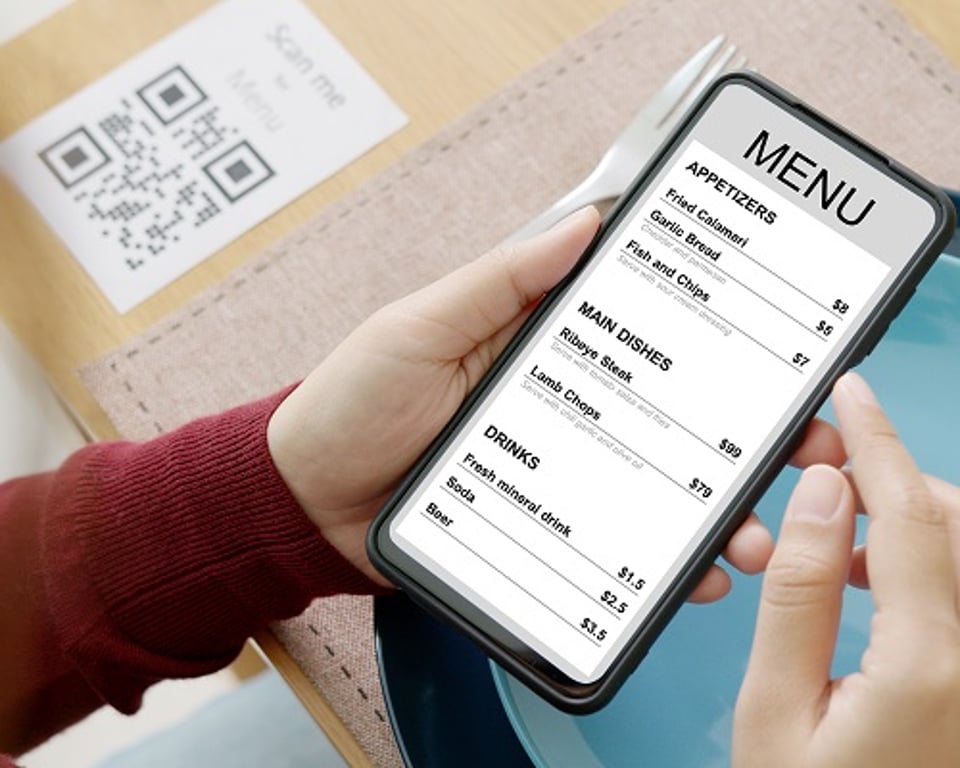Why QR Codes Have Long-Term Staying Power
The slow adoption rate of new technology in the restaurant industry accelerated considerably during the pandemic. Many operations had to invest in new digital tools to adapt quickly to brand new limitations and requirements.
One example of these limitations are the capacity restrictions imposed by health authorities and the recommendation (or, in some countries, the requirement) to keep guests details for contact tracing, which pushed restaurants to rethink the way they accept customers.
The result was the growing adoption of table and reservation management systems to control the number of diners at the restaurant at any given time and add their contact details to a CRM. We’ve seen this trend play out, where 43% of our new customers since July 2020 had never used such tools before.
Another important part of the new requirements created by the pandemic are the additional health and safety rules and diners' expectation of a more contactless experience. In this case, the main digital response has been the massive adoption of QR codes and virtual menus, while pre-payments and order-ahead solutions were less successful, at least with in-restaurant dining.
The Challenges of Recovery
As restaurants go back to full capacity, and physical menus are deemed safe again, the pandemic use cases for table management systems and QR codes are starting to change.
The recovery phase will pose two unique challenges to the industry. The strong financial pressure and the current labor shortage will force restaurants to do more with the resources they have. At the same time, they will have to create memorable dining experiences if they want to overcome guests’ reluctance to dine out instead of ordering takeout or delivery.
Table and reservation management systems can help restaurants to be more efficient and generate more sales per table by seating guests faster and optimizing servers’ workload. Also, with guest CRMs, restaurants can go beyond contact tracing and start combining POS and guest preference data along with seating tools to optimize their dining rooms for speed and revenue.
The results can be significant. One of our customers, for example, increased their average check size by 7% before they were even allowed to operate at full capacity, producing over a million dollars of extra annual revenue in the process.
QR codes, on the other hand, are more than just a way to access a digital menu online. Although not all restaurants are using them yet, we can easily imagine a post-pandemic world where they are widely accepted. Linking tables together in the cloud via QR codes will unlock many more use cases. For example, restaurants can collect even more data on the performance of each table, while diners can pay directly with tap-and-go apps without having to ask for the check. That means more streamlined operations for restaurants and a better dining experience for customers.
COVID-19 has changed the restaurant industry forever. Although many of the long-term consequences aren’t visible yet, during the recovery phase and beyond we are likely to see an influx of new start-ups and technologies that will build on solutions created during the pandemic, to solve the new and emerging challenges they are facing today.
ABOUT THE AUTHOR
Nezar Kadhem is co-founder and CEO of Eat App, a global SaaS company, providing restaurant table and reservation solutions, and processing one million reservations a month for customers in 40 countries.







